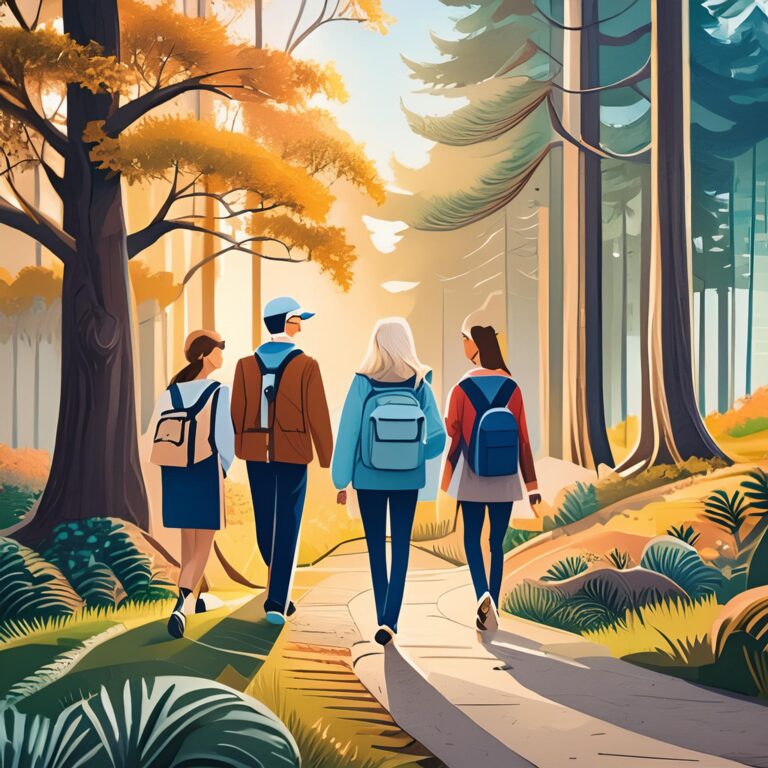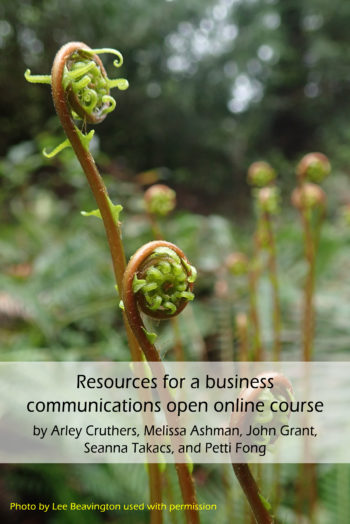KPU Instructors Transitioning to Remote Learning: Four Faculty Share Their Stories
Created by Dr. Arley Cruthers, Dr. Gordon Cobb and Gina Buchanan
This blog post was originally posted by Dr. Gordon Cobb on his blog found here: https://dev.wordpress.kpu.ca/drcobb/kpu-instructors-transitioning-to-remote-learning-four-faculty-share-their-stories/
Each day, we’ve been providing quick tips for faculty switching to remote instruction. To help you understand how these tips look in practice, this blog post profiles four faculty members who are tackling the challenge of moving to remote and digital delivery in different ways. If you’d like help bringing any of these ideas into your own course reach out to the Teaching and Learning team here.
Jennifer Au

Dr. Jennifer Au is a faculty member in the Chemistry department at KPU. Since 2017, she has recorded brief videos of her lectures using an iPad and posted them to Moodle for her students. These videos have been very helpful in her transition to remote instruction. Easily follow along as Jennifer uses a split-screen approach, allowing students to both see and hear her speaking from the bottom left corner of the screen and see the the various steps involved in solving an equation. She has kindly shared an example video, which also demonstrates how she uses clickers in class. This model would work well for courses where students are expected to work with formulas or equations.
In addition to posted recorded video lectures, Jennifer also uses Big Blue Button during class hours to hold office hours for her students.
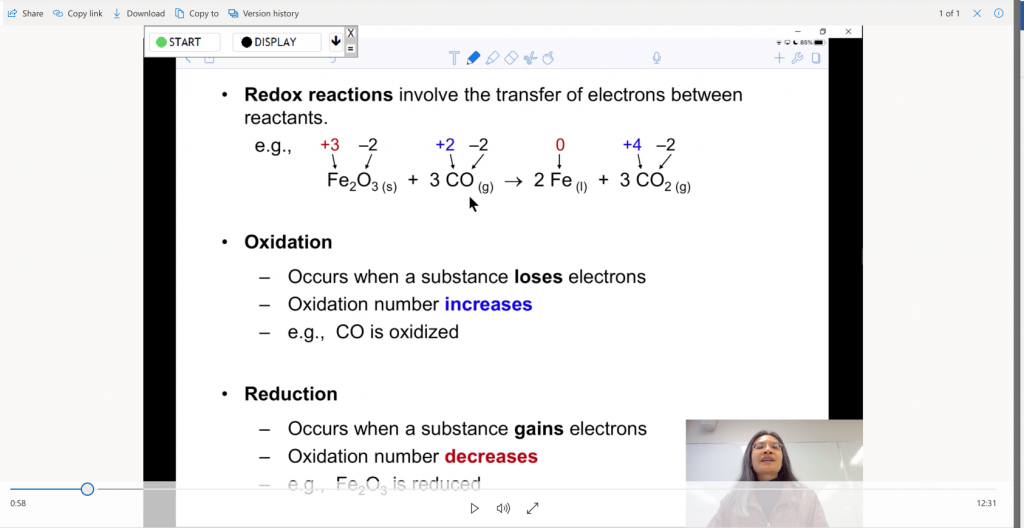
Gordon Cobb
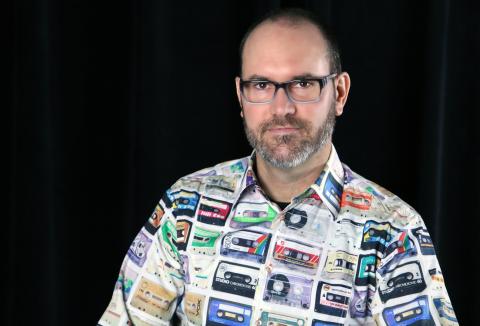
Gordon teaches music technology to classes this term. He has 3 classes of 25 students each for a total of 75 students. His students are working in groups of five developing showcase portfolios designed as record labels to showcase their compositions and develop a brand as a group of emerging music artists. The final assignments was intended to be a group presentation, where each record label would present their work to a fictional executive producer (Gordon) to win a fictional one-million-dollar start-up grant. With classes moving to an online format, Gordon had to find a solution for the final presentation that would still allow for students to present their work, talk about their process, represent their brand and demonstrate what their record label stands for.
Gordon redesigned the final presentation using OneDrive and the online version of PowerPoint contained within OneDrive. Each group will now work asynchronously on building a PowerPoint presentation that uses material created for the original presentation. Students will include the following types of media:
· video clips of students explaining concepts and presenting ideas in a similar manner to how live presentations would have occurred;
· imagery and infographics to explain and demonstrate choices;
· text and hyperlinks to support their ideas.
The online version of PowerPoint does not support audio recording or video capture directly in the software, so students will make videos or audio recordings on their smartphones, forward them to one member of their group who will take the PowerPoint session offline in order to add the video and audio.
On the day of the presentation, Gordon will receive the final version of the PowerPoint session via email. So far this process has been going well and the students are familiar with PowerPoint, so there hasn’t been resistance to the alternate approach to this final assignment.
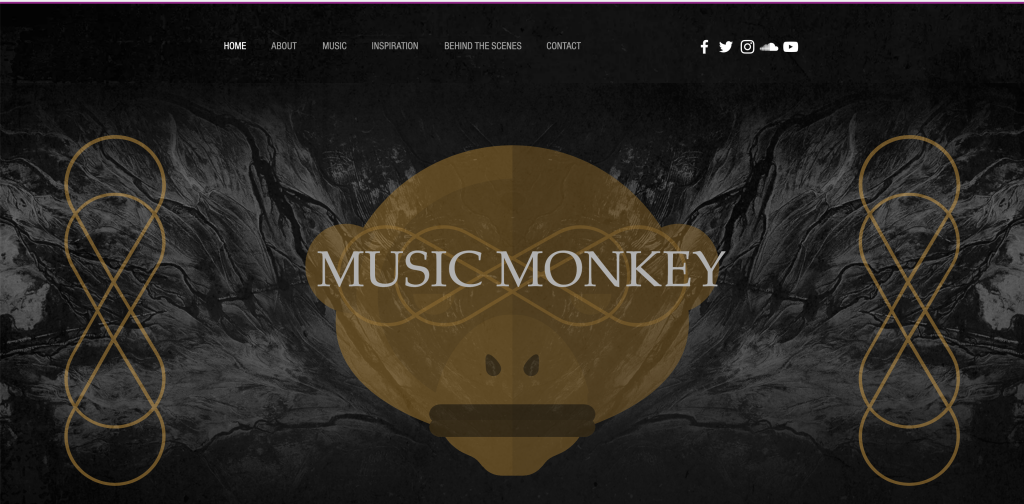
Lesley McCannell
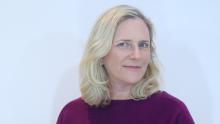
When moving her Human Relations class online, Lesley made three major changes:
- Limited use of Big Blue Button to coaching students individually and giving students space to work together group projects;
- Eliminated one assignment and re-weight other assignments;
- Committed to Keeping her course as simple and low-tech as possible.
With these three guiding principles, she was able to create a plan that gives students time to work on their projects, while also offering supplementary instruction using short Kaltura videos and worksheets. Lesley has compiled her course changes into a new class plan, which other instructors could easily use as a model when rethinking their own courses.
Arley Cruthers
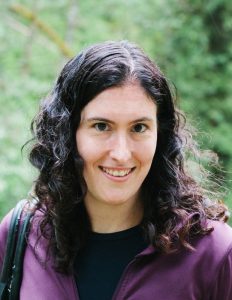
Arley teaches both an advanced communications course and a pathway communication course for international students. In both courses, she used Robin DeRosa’s “Rule of 2’s” sheet https://colab.plymouthcreate.net/covid19/rule-of-2/ to identify her priorities.
Arley decided to focus on student connection. She used mail merge to send out a personalized email to each student asking how they’re doing. She also offered flexibility around assignment deadlines and asked students for feedback into how to best proceed.
Though her advanced communication class was already online, she had planned an in-person oral presentation in the library. Arley offered her students two alternatives for the presentation:
- To create a video and send it
- To create a “living archive” of their lives during Coronavirus, using a wide variety of multimedia approaches. (Assignment prompt: ).
Additionally, to help students feel connected, Arley has been writing along with them and creating her own Coronavirus journal. She also simplified many participation activities, focusing instead on giving students opportunities to provide feedback to each other.
For the pathway course, Arley decided to focus on simple, low-tech solutions:
- Eliminated the oral presentation assignment, since the learning outcomes had already been tested in other ways.
- Created simple, interactive H5P slides to cover a small amount of content that remained
- Created a short Kaltura video explaining the changes to the final assignment. Students will now have the option of revising existing work in a portfolio or (since some students don’t have a laptop) doing a simplified version of the Coronavirus journal, since this can be completed on a mobile phone and achieves many of the learning outcomes.

These four faculty members teach very different subjects and have different approaches, but all focused on simplifying their courses and using only small amounts of synchronous, video-based communication. Hopefully these profiles will give you some ideas for your own transition to remote and digital delivery. If you need help using some of these ideas, or if you need assistance bringing your own ideas to life, please reach out to the Teaching & Learning team here.
Gordon received his Bachelor of Fine Arts from the School for the Contemporary Arts at Simon Fraser University and his Masters of Music in Composition for New Media from the London College of Music in the UK. In 2015, Gordon completed a PhD in Arts Education at Simon Fraser University where his research explored multimodal composing practices, new musical literacies, and transformative music engagement in music video production with urban youth. His work as a music composer and sound designer has been showcased in numerous public venues, including two Olympic Games commissions (Torino 2006 and Vancouver 2010), the VanDusen Botanical Gardens Festival of Lights, the New York City Ballet, and the Cedar Lake Ensemble, New York; and on television with The Knowledge Network, and the National Film Board of Canada where he was the recipient of a 2013 Leo Award nomination. Dr. Cobb is a part of the music faculty at Kwantlen Polytechnic University where he teaches music technology and music video production. He is also a senior instructor at the Sarah McLachlan School of Music, where for the past 14 years he has taught piano, musical theatre, music technology, and music video production. Gordon has implemented numerous innovative music programs at the Arts Umbrella, the Shadbolt Centre for the Arts, the Vancouver Biennale, and Cobb House Studio.
